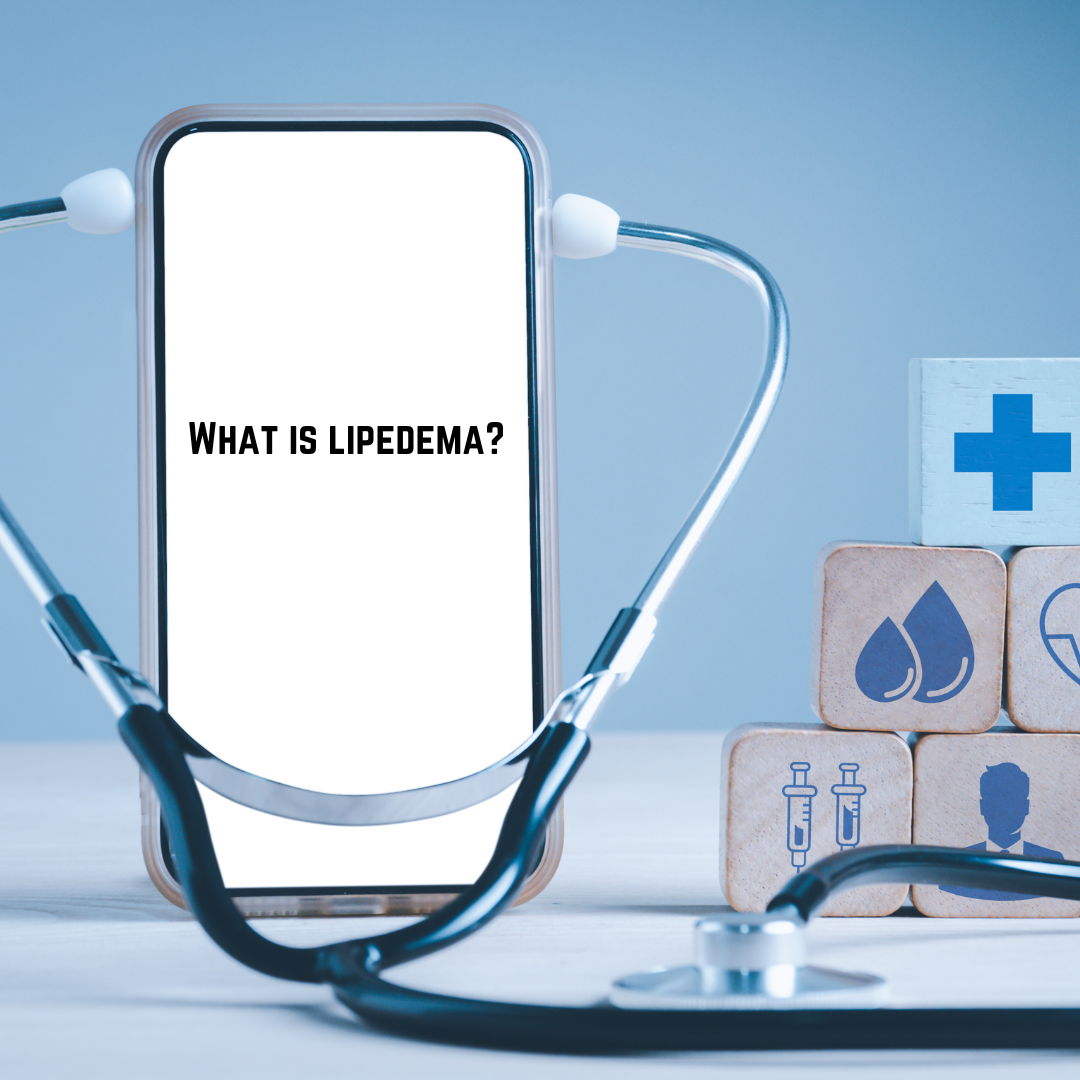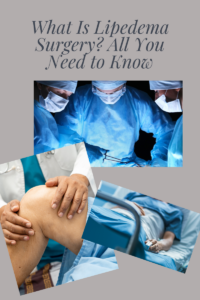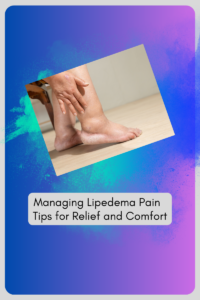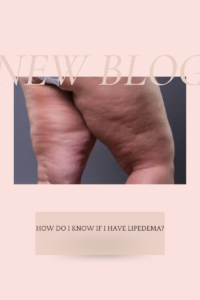In a world where discussions about body image and self-acceptance are gaining momentum, it’s crucial to shed light on conditions that often remain hidden in the shadows. Lipedema, although not widely known, affects numerous individuals, predominantly women, impacting not just their bodies but also their quality of life and emotional well-being.
What Is Lipedema?
Lipedema is a chronic condition characterized by an abnormal buildup of fat cells, primarily in the legs, thighs, buttocks, and sometimes arms. This condition often leads to a disproportionate appearance between the upper and lower body. Unlike regular fat, the fat in lipedema doesn’t respond well to diet or exercise and tends to accumulate despite healthy lifestyle choices.
Symptoms and Progression:
Early stages of lipedema may go unnoticed or be mistaken for weight gain. However, as it progresses, symptoms become more evident:
- Disproportionate Fat Accumulation: The hallmark sign is an increase in fat deposits, often described as a “column-like” or “tree-trunk” appearance in the affected areas.
- Tenderness and Pain: Individuals with lipedema may experience pain, tenderness, or sensitivity in the affected regions. Even light pressure or touch can elicit discomfort.
- Easy Bruising: Fragile blood vessels in the affected areas make those with lipedema more prone to bruising.
- Mobility Challenges: Advanced stages of lipedema can severely impact mobility, hindering daily activities.
Understanding the Emotional Impact:
The emotional toll of lipedema extends beyond its physical manifestations. The constant struggle with body image, coupled with the frustration of not being understood or diagnosed properly, can lead to feelings of isolation, depression, and anxiety. Many individuals battling lipedema face societal judgment and misconceptions, which can exacerbate their emotional distress.
Management and Treatment:
While there’s currently no cure for lipedema, several strategies aim to alleviate symptoms and improve quality of life:
- Healthy Lifestyle: Although diet and exercise may not eliminate the excess fat associated with lipedema, they can help manage weight and improve overall health.
- Compression Therapy: Wearing compression garments can reduce swelling and discomfort. https://amzn.to/49SojIx, https://amzn.to/46CmJaD
- Physical Therapy: Specific exercises and manual lymphatic drainage techniques can help manage symptoms.
- Surgical Intervention: Liposuction, performed by specialized surgeons, can reduce the disproportionate fat deposits and provide significant relief.
Raising Awareness and Support:
Increasing awareness about lipedema is crucial for early diagnosis, proper treatment, and support for affected individuals. Empathy, education, and advocacy play pivotal roles in offering support to those navigating life with this condition.
Moving Forward with Empathy:
Understanding and compassion go a long way in supporting individuals with lipedema. By fostering an inclusive environment and amplifying their voices, we can create a more understanding and supportive society for everyone.
Lipedema is a complex and often misunderstood condition that affects individuals physically, emotionally, and socially. By raising awareness, providing support, and fostering empathy, we can contribute to a world where everyone feels understood and accepted, irrespective of their physical differences.
Cindy








